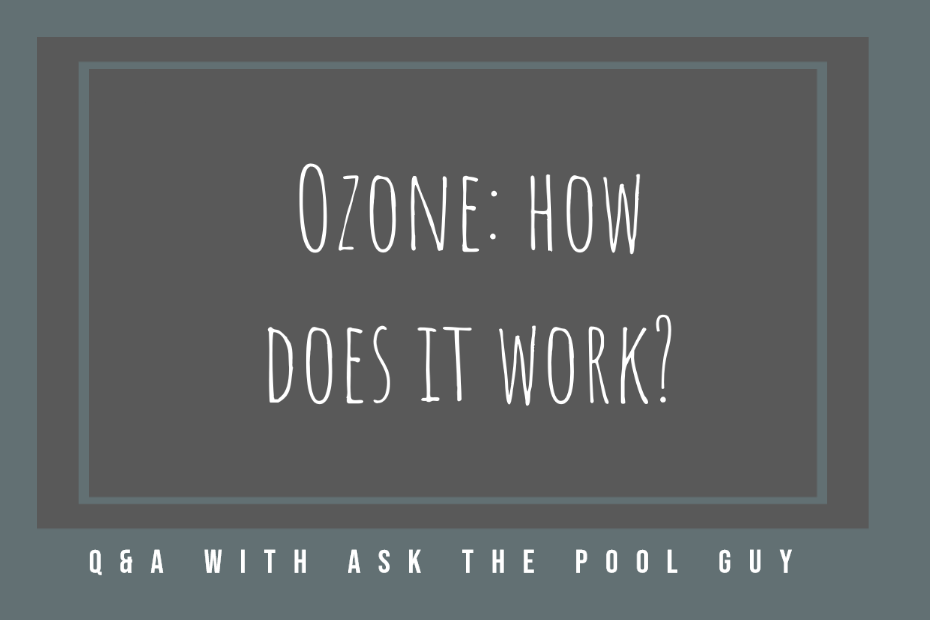
How does ozone work when it sanitizes pool or spa water?
Most spas sold today have an ozone system on them. As the water passes the “ozonator” microscopic organisms and non living impurities are destroyed.
Oxygen: O2 is not very soluble in water.
Ozone: O3 is about 12 times more soluble than O2.
Outside of the water, ozone dissipates too quickly to provide protection against the same germs. Ozone’s half life is about 20 minutes – though as the bather load increases, it’s gone much more quickly than that. Ozone in the pool and spa industry is not enough to sanitize water on it’s own. A second sanitizer must also be used which will create enough residual protection for bathers.
A spa for example, with a ozonator, will require less chemicals for sanitizing, because the ozone generated is helping to sanitize and oxidize the water.
How does ozone water purification work?
Ozone is made of three oxygen atoms. One of the atoms is connected to the others weakly and will transfer to other substances like viruses or bacteria, causing them to oxidize as it binds to them.
Inside an ozone generator is an ultraviolet lamp with a high intensity. When compressed air passes through the ultraviolet chamber of the ozone generator, some oxygen is converted to ozone. Ozone can also be created through chemical or electrolytic reactions.
The ozone produced is passed into a diffuser, which saturates bubbles it creates with ozone. These bubbles saturated with ozone are then mixed with water, causing the weaker of the oxygen molecules to separate from the ozone and bind to any organic molecules in the water. Oxidation takes place. Oxidation is a chemical reaction.
When iron oxidizes, it changes from a structurally sound metal to a brittle reddish powder.
Chlorine can oxidize – or break down, destroy, and chemically burn up non-living substances. Oxidizing is the taking of an electron (e-) from an oxidant (source) which reduces the oxidizer.
Sandi spent time researching to find out how to explain what happens when something oxidizes in the water – it’s like it “burns” in the water, or in science terms it is phasing through states until it’s total degredation.
These reactions which happen during “oxidation” are often complex, and do not occur step by step, but simultaneously. So in layman’s terms we may explain – it “burns” into nothing or “bursts” leaving nothing but harmless byproducts behind.
